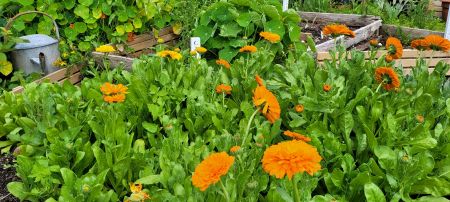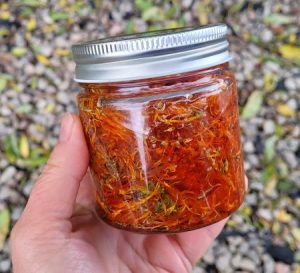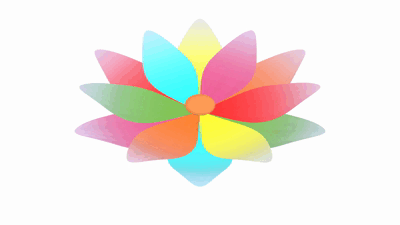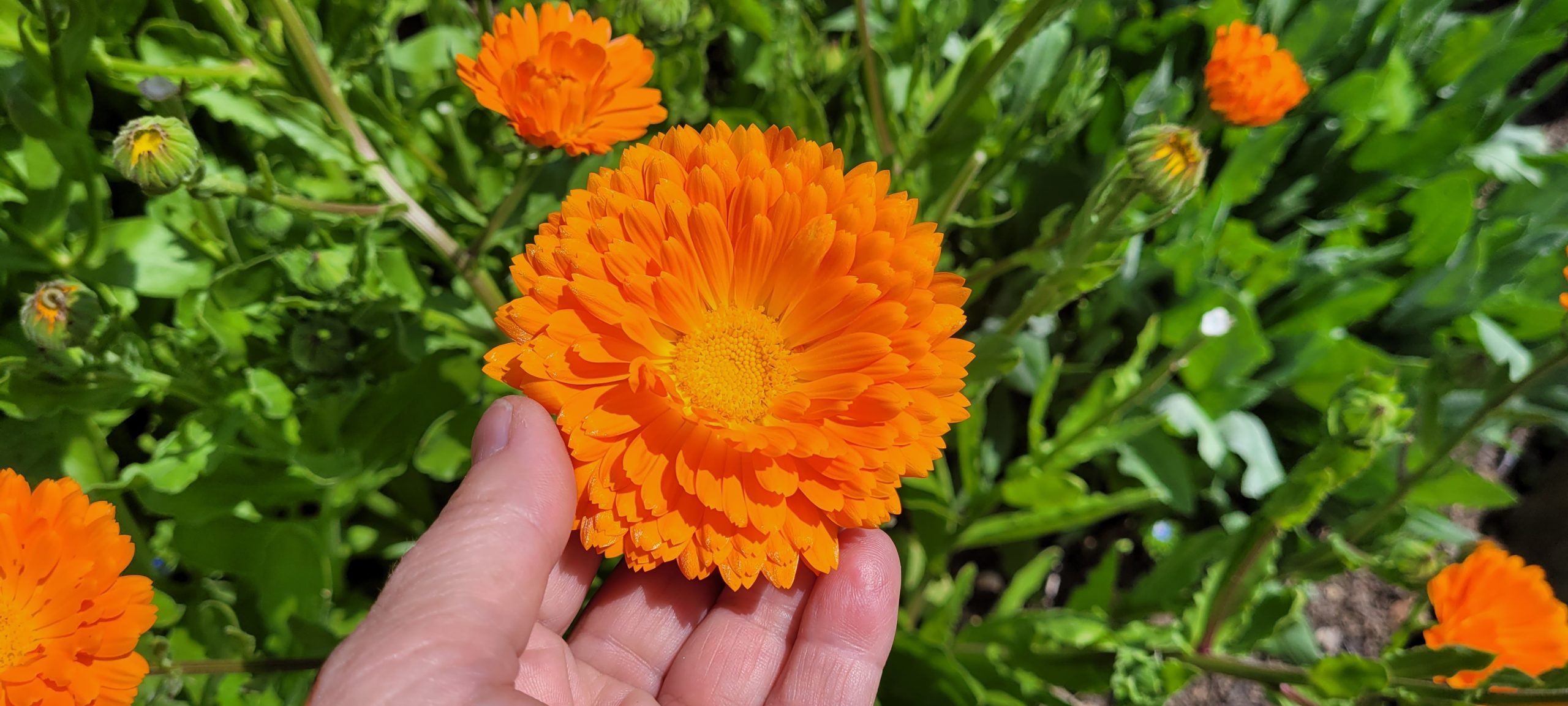Being a Medical Herbalist, I love creating medicines like my Cornish ancestors did, but due to the miniscule size of my allotment I rent in my village I’m unable to grow many of the herbs I use in my clinic. I practice herbal medicine in the style of these ancestors because I incorporate the old ways of medicine making.

This means that I prefer to grow the herbs that I use for the clients in my clinic myself; organically. I also like to know the old folklore that surrounds them.I grow these medicinal plants from seed and nurture them until it’s time to be harvested – which can be as long as 4-5 years for some medicinal roots like Echinacea purpurea.
I process each herb by hand by drying, shredding, macerating, infusing and then I formulate them into a vast range of bespoke clinical herbal medicines, from tinctures and glycerites to tisanes, salves, balms and spritzers.


It’s hardly surprising that over the last year I’ve experienced several tummy upsets, all attributed to stress (after losing my Mum suddenly and making 18 x 15 hour round trips to be with my parents) but on each occasion I’ve implemented Calendula as one of the four herbs to settle and sooth my digestive tract as it stimulates the liver and gall bladder, flushing out toxins that often underlie gastric issues.
Calendula has been valued as a medicinal herb and colourant for fabrics, foods and cosmetics since the ancient Greek, Roman and Arabic empires. In the Middle Ages, the flowers were also dedicated to the Virgin Mary, and known as ‘Mary’s gold’, today’s pot ‘marigold’. When applied topically in the balms or salves I make, Calendula soothes dry, cracked skin, minor wounds, scar tissue and burns.
In folklore Calendula is also thought to enchant fairies out of their hiding places if burnt and it also has close associations with the sun god and star sign Leo. Additionally it’s known as ‘Bride of The Sun’. I’m looking forward to collecting the sunny heads of this stimulating plant in the coming weeks because the more one picks the more it grows!
Disclaimer: Please ensure you consult a professional before using herbs as medicines.
All photos by Niki






